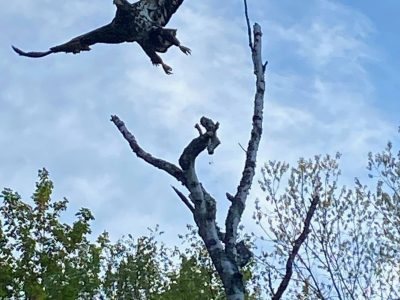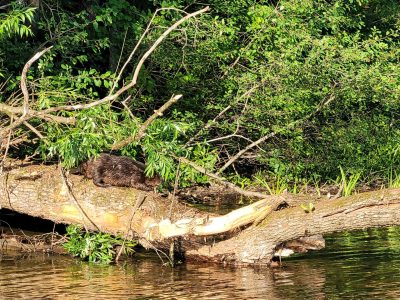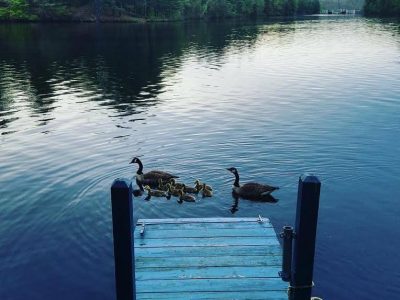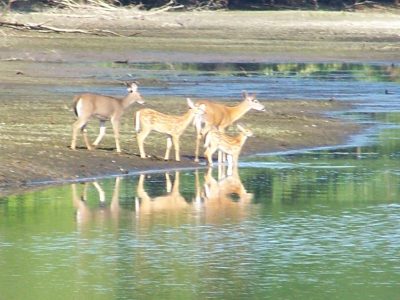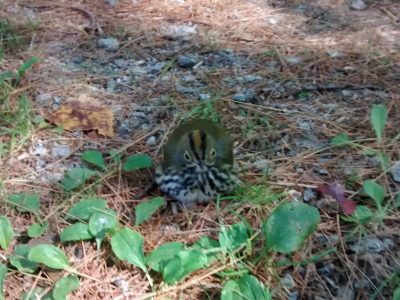Pemigewasset River Wildlife
A Natural Haven in New Hampshire
The Pemigewasset River, affectionately known as “The Pemi,” flows gracefully through the heart of New Hampshire’s White Mountains. Spanning approximately 65 miles from Franconia Notch to its confluence with the Merrimack River in Franklin, the river and its surroundings offer a vibrant ecosystem, supporting a diverse array of wildlife. This article explores the rich biodiversity of the Pemigewasset River, highlighting the various species that thrive along its banks and in its waters.
Aquatic Life: Beneath the Surface
The Pemigewasset River is home to a variety of fish species, making it a popular destination for anglers. Brook trout and rainbow trout are particularly abundant, attracting fishing enthusiasts from across the region. These fish thrive in the river’s clear, cold waters, which provide the ideal habitat for their breeding and growth.
In addition to trout, the river hosts smallmouth bass, largemouth bass, and the occasional Atlantic salmon, contributing to the river’s reputation as a prime fishing location. The diverse fish population supports a complex aquatic food web, including various invertebrates like mayflies, stoneflies, and caddisflies, which are crucial for maintaining the river’s ecological balance.
Avian Wonders: Birds of the Pemi
The Pemigewasset River corridor is a vital bird habitat, offering nesting and feeding grounds for a plethora of avian species. Among the most notable are the bald eagles and ospreys, which can often be seen soaring above the river, hunting for fish. Their presence is a testament to the river’s health and its abundant food resources.
Other bird species commonly found along the river include great blue herons, kingfishers, and various waterfowl such as mallards and mergansers. The river’s riparian zones, with their mix of wetlands and forested areas, provide perfect nesting sites and feeding opportunities for these birds. Songbirds like warblers, vireos, and thrushes also thrive in the rich vegetation along the riverbanks, adding to the area’s avian diversity.
Mammals: Life Along the Banks
The banks of the Pemigewasset River support a range of mammalian wildlife. White-tailed deer are frequently seen grazing in the meadows and forest edges, while beavers are busy constructing their lodges and dams along the river, creating small ponds that enhance habitat diversity. These ponds provide additional resources for various species, including amphibians and insects.
Moose, though less common, are occasionally spotted in the river’s upper reaches, particularly in the more remote areas. Their presence underscores the wild and undisturbed nature of the Pemigewasset’s ecosystem. Smaller mammals such as river otters, raccoons, and muskrats are also integral to the river’s wildlife community, relying on the river for food and shelter.
Amphibians and Reptiles: Hidden Treasures
The Pemigewasset River’s wetlands and riparian zones offer ideal conditions for a variety of amphibians and reptiles. Frogs, such as the green frog and the American bullfrog, are commonly heard croaking along the river’s edges. Salamanders, including the eastern newt and the spotted salamander, thrive in the moist, wooded areas adjacent to the river.
Reptilian inhabitants include the common garter snake and the more elusive northern water snake, which can often be seen basking on rocks or swimming in the river’s shallows. These reptiles play essential roles in controlling insect and small mammal populations, maintaining the ecological balance of the river environment.
Conservation and Future Challenges
The rich biodiversity of the Pemigewasset River underscores the importance of ongoing conservation efforts. Protecting this natural habitat from threats such as pollution, invasive species, and habitat fragmentation is crucial for the continued survival of its wildlife. Organizations and local communities are actively engaged in preserving the river’s health through initiatives like water quality monitoring, habitat restoration, and sustainable land-use practices.
In conclusion, the Pemigewasset River is a vital ecological corridor teeming with life. Its waters and surrounding landscapes provide a sanctuary for a diverse array of species, each playing a unique role in the ecosystem. By appreciating and protecting this natural treasure, we ensure that future generations can continue to enjoy the beauty and biodiversity of the Pemigewasset River.

